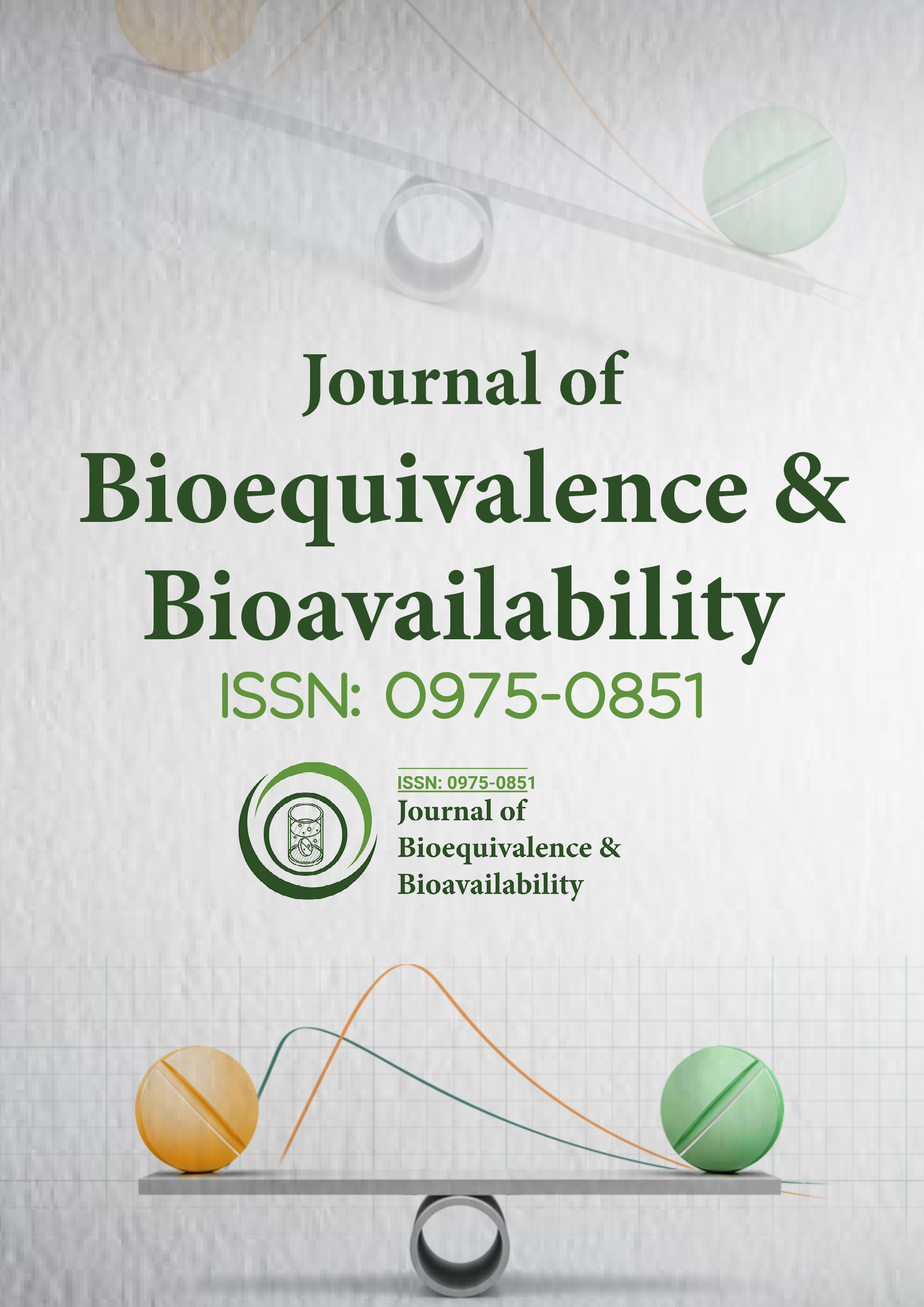インデックス付き
- 学術雑誌データベース
- Jゲートを開く
- Genamics JournalSeek
- アカデミックキー
- ジャーナル目次
- 中国国家知識基盤 (CNKI)
- サイテファクター
- シマゴ
- ウルリッヒの定期刊行物ディレクトリ
- 電子ジャーナルライブラリ
- レフシーク
- ハムダード大学
- エブスコ アリゾナ州
- OCLC-WorldCat
- SWBオンラインカタログ
- 仮想生物学図書館 (vifabio)
- パブロン
- ミアル
- 大学補助金委員会
- ジュネーブ医学教育研究財団
- ユーロパブ
- Google スカラー
このページをシェアする
ジャーナルチラシ

概要
薬物のバイオ医薬品特性の実験室ベースの予測
ノハ・モハメド・ザキ・ラヤド
バイオアベイラビリティ(BA)、すなわち腸から吸収され、そのまま全身循環に運ばれる薬剤の量は、薬剤開発プロセスにおける主な関心事です。製薬科学者は、可能な限り高い BA(静脈内ボーラス投与後の BA に近づく)を達成しようと努めています。バイオ薬剤学は、薬剤の物理化学的特性、薬剤が配合される製剤、および最終的に高い BA につながる人間の生理機能に関係しています。バイオ薬剤学の重要な特性は、胃腸(GI)液中の薬剤の溶解度と腸粘膜の透過性です。薬剤製品の in vitro と in vivo の挙動を結び付けるという目標は、研究、業界、規制団体にとって終わりのない目標です。この点で科学がどれだけ進歩したかを強調するだけでなく、この目標を達成するためにどれだけ進歩しなければならないかを強調することが重要です。創薬プロセスの早い段階で、バイオ医薬品の好ましい特性が認識されました。特に、これらの特性が有名なバイオ医薬品分類システム (BCS) によって表された後です。BCS のガイドラインは、ジェネリック医薬品の製造を簡素化するために、米国食品医薬品局 (FDA) によって導入されました (FDA 2000)。創薬プロセスは、BCS に触発され、従来の構造活性相関 (SAR) のパラダイムではなく、構造特性相関 (SQR) を採用しました。この文脈では、創薬プロセスにおけるリード構造は、薬理学的特性だけでなく、同様に重要なバイオ医薬品特性に関して最適化されました。
免責事項: この要約は人工知能ツールを使用して翻訳されており、まだレビューまたは確認されていません